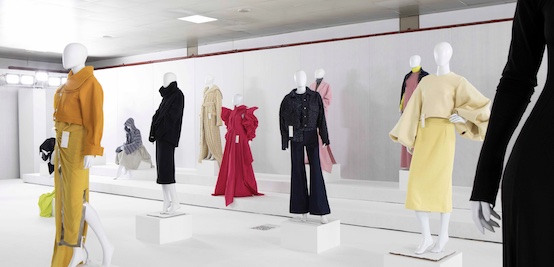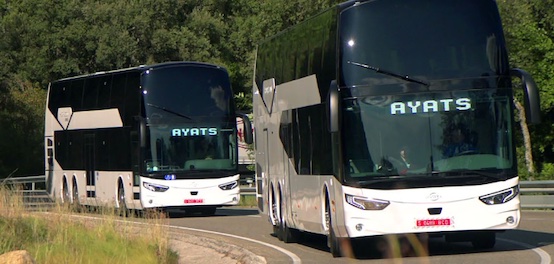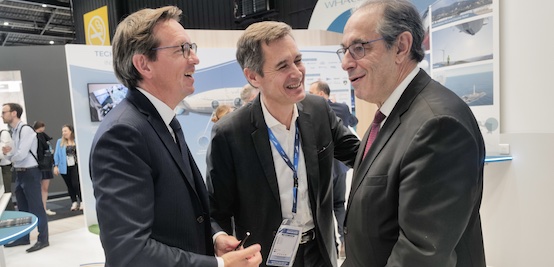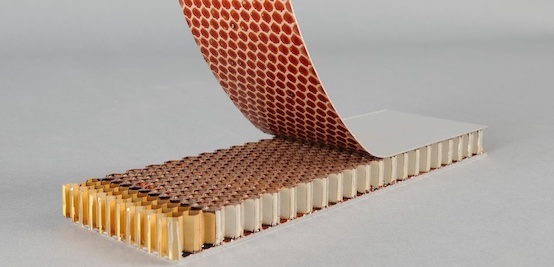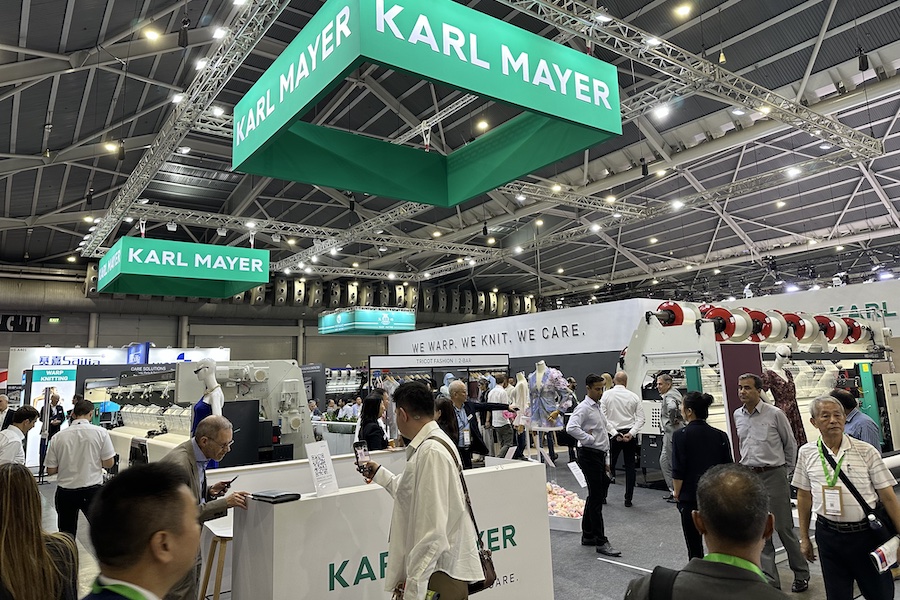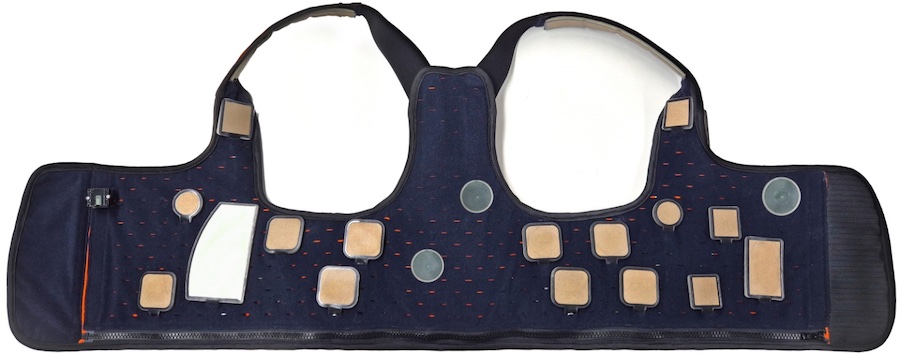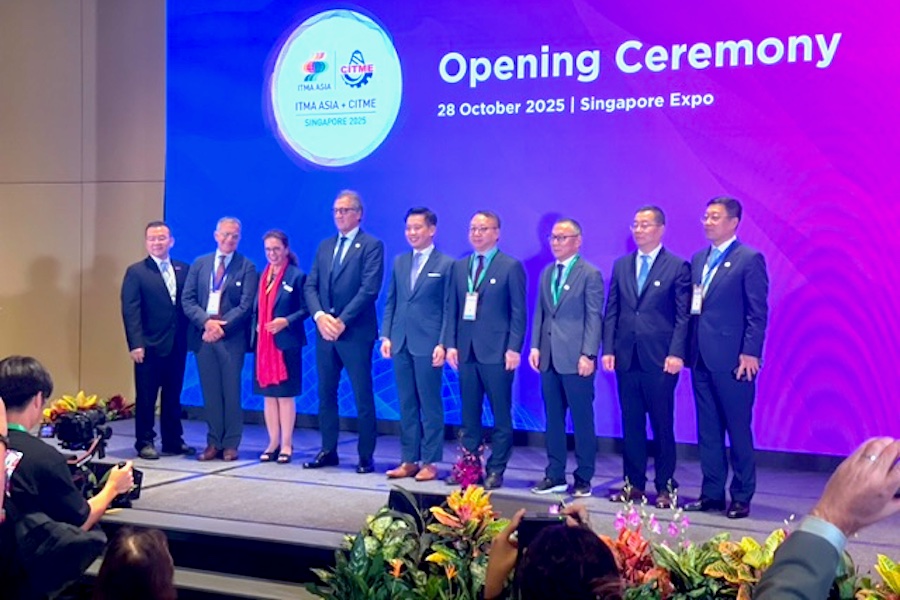#Composites
Biocomposites – Providing benefits to industry, consumers and environment
What are biocomposites?
Biocomposites is an umbrella term for composites made completely, or to a significant degree, from biomass: Natural and wood fibres are combined with petrochemical or bio-based polymers to achieve very good mechanical and often even light-weight properties. The most commonly used types of biocomposites are Wood-Plastic Composites (WPC) and Natural Fibre Composites (NFC).
Existing markets and new opportunities
In the past, Wood-Plastic Composites (WPC) were mainly processed via extrusion technologies (decking) and Natural Fibre Composites (NFC) mainly in press moulding (automotive).
For many years, research institutes and industrial labs have continuously developed WPC and NFC applications, using the materials in small series of consumer goods. Relevant volumes were only deployed in the decking market, which is still the biggest sector in the biocomposites market.
However, quite recently biocomposites have started to enter several additional markets. With the latest advances in injection moulding and 3D printing, both WPC and NFC are of high interest for a multitude of applications and fruitful new synergies are being created for new products. More and more companies specifically use wood and natural fibre plastic granulates in consumer goods such as instruments, electronic casings, furniture, tables, toys, combs or trays as well as 3D printed goods – the unique look and haptics convey high quality and value and are well received by customers. There are many opportunities for these niche materials to achieve large-scale production soon.
Benefits of biocomposite materials
Consumer products made of WPC or NFC have a different look than pure plastic products; they become noticeable, have a nice touch and reduce the use of plastic due to the wood and natural fibres or are even available completely without any oil-based materials – which improves the environmental footprint. Many of the current materials offer also special properties producers are looking for, like acoustic performance, light-weight or antibacterial properties. But the most important part: the products appeal to consumers and gain public recognition.
Market growth
Signs for market growth can be found in various markets: In the furniture market, IKEA re-introduced the wood-plastic composites chair PS 2012 to its programme and offers additional new products with wood-plastic composites like picture frames. Consumer electronics offer good examples for useful products as well – a product group in which acoustic performance is an essential key to the success. In this area market leader LG has started to use the cellulose-based granulate Aqvacomp as a biocomposite material in manufacturing of loudspeakers.
The biocomposites industry meets in Cologne
The wide range of successful new technologies and applications of biocomposites in consumer goods, automotive industries and construction will be presented at the Biocomposites Conference Cologne, 6-7 December 2017 in Cologne, Germany. It represents the wide spectrum of innovative applications and material choices of WPC and NFC:
- Biocomposites in the automotive industry
- Injection moulding: granulates and applications
- Biocomposites in 3D printing
- Structural applications
- Wood and natural fibres and other raw materials for biocomposites
- Bio-based thermosets for biocomposites
As in previous years, one session will be dedicated to the Innovation Award “Biocomposite of the Year 2017”. It will be granted at the Biocomposites Conference Cologne to the young, innovative bio-based materials industry for finding suitable applications and markets for biocomposite products. The focus of the award is on new developments within these areas, which have been launched in 2017 or will be launched in 2018.
Nominees for the Innovation Award “Biocomposite of the Year 2017” call attention to new technologies and application fields for biocomposites
Thirteen companies applied for this year’s Innovation Award. The biocomposite experts of the advisory board met on 4 September 2017 and selected six top products. Now, the organizers proudly present the nominees. One session of the conference will be dedicated to the Innovation Award “Biocomposite of the Year 2017” where each of the six companies will introduce its innovation in a short presentation. Afterwards, the audience will elect three winners out of the following nominees:
- BASF SE & Sonae Arauco Deutschland AG (DE) The innovative 3D mouldable MDF provides the furniture industry with a new wood-based material. It is a thermoplastic processable and storage-stable composite which can be produced on existing MDF production lines. In contrast to standard thermoset boards, it offers post-mouldability and surface structuring of the composites on standard equipment in short cycle times. Due to the increased mouldability of the composite, new design options are possible. The resin system is offered formaldehyde free.
- A fully bio-based pedestrian bridge, the first in the world, has been realised at the Eindhoven University of Technology (TU/e) (NL). After a successful load test (5,0 kN/m2), the bridge was installed by the company NPSP bv (NL). Flax and hemp fibres provide the strength for the bridge, combined with a bio-based epoxy resin. Polylactic acid (PLA) bio-foam provides the core. The production method was vacuum-infusion: layers of natural fibres were glued around a laser-cut shape of bio-foam.
- Usually, mass produced boats are made of fossil-based resins, glass fibres and plastic foam. By contrast, GreenBente24 from GreenBoats (DE) is made from 80% out of renewable materials like flax, cork and bio-based epoxy resin. The GreenBente24 has the same weight and stiffness as a standard boat. The boat achieves a 80% reduction of carbon footprint compared to other options and is and thermally recyclable.
- Stratos® passive – sandwich window scantling system by G.S. Stemeseder GmbH (AT) is a combination of a foamed PP and wood composite material with solid wooden elements. The system was developed for the building of passive house windows. Through the reduction in density of approximately 50%, the required specific heat conductivity and Uf-value of ≤ 0.8 W/m2K were achieved. The components are produced with standard machinery and tools of the wood industry and are certified combustible.
- OWI GmbH (DE) launched an injection moulded school seat shell. The polypropylene (PP) and wood-based granulates were developed by Linotech GmbH (DE). The chair combines properties such as positive haptics – comfortably soft and warm to the touch – and standard PP chair requirements in terms of flex behaviour, notch impact strength and staple taking properties for upholstery, and stress load cycles without breakages.
- Nails made from wood are one of the oldest known fasteners in the world, thus Raimund Beck Nageltechnik GmbH (AT) has initiated the next evolution stage LignoLoc® – collated wooden nails for use with pneumatic nailers. This new technology requires no pre-drilling; offers maximum holding power due to a natural welding effect with the base wood and offers new application fields for domestic beech wood-based composite.
The preliminary programme featuring 17 speakers is now online at http//www.biocompositescc.com/programme





